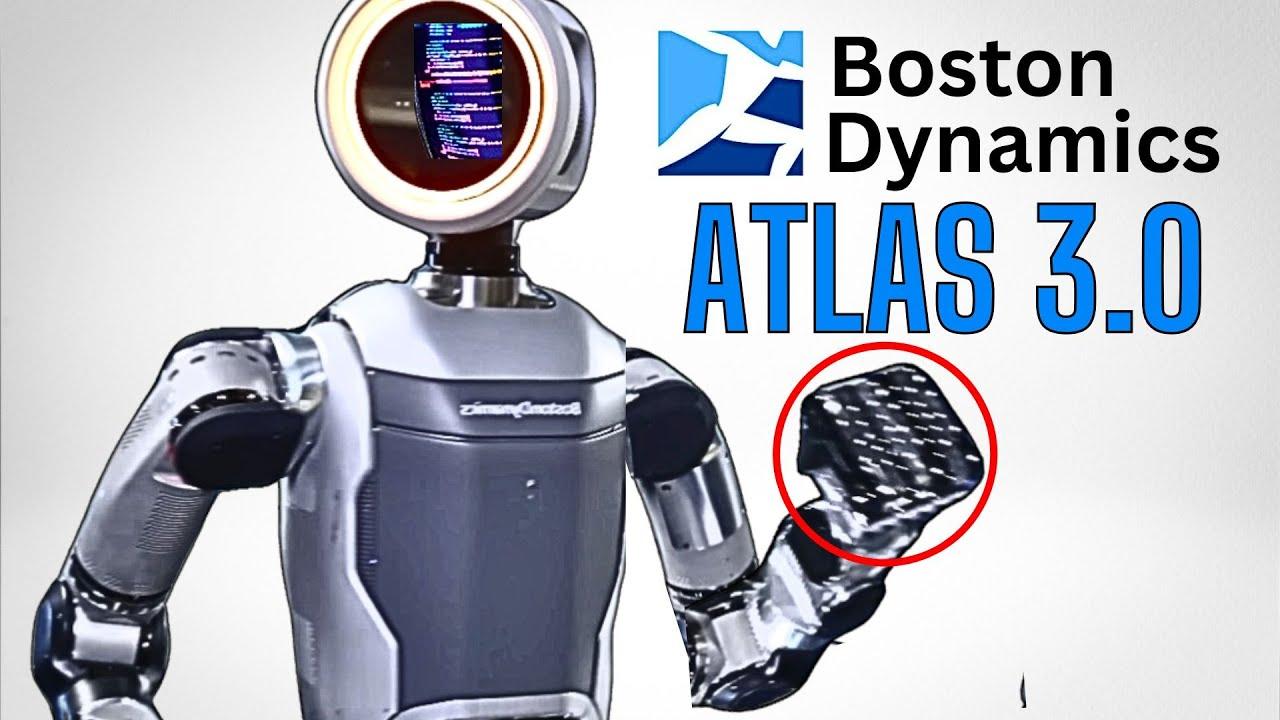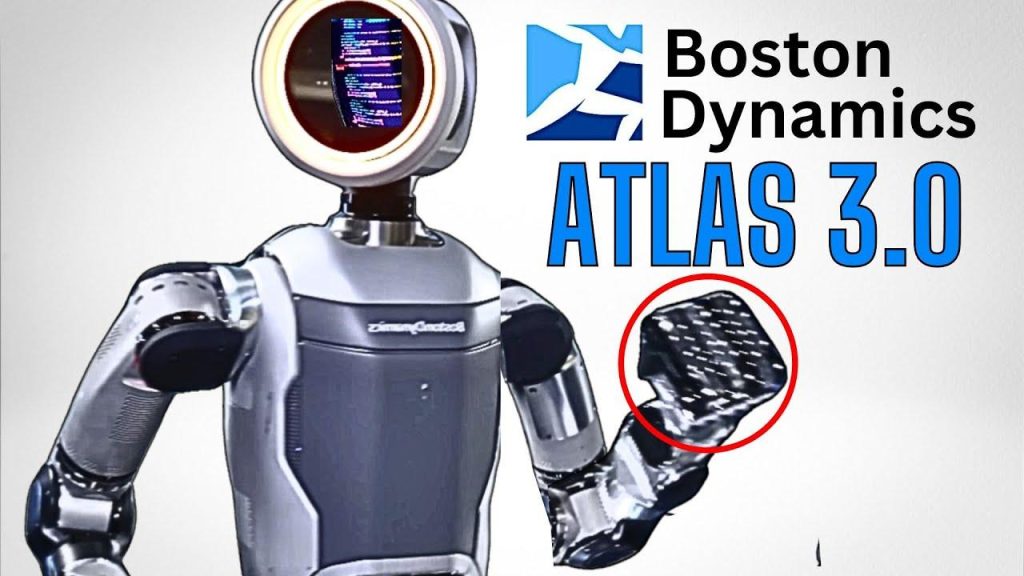Boston Dynamics has unveiled a significant update to its Atlas humanoid robot, integrating several cutting-edge technologies designed to enhance its performance and functionality. The latest iteration of Atlas boasts six key advancements that promise to revolutionize the capabilities of this already remarkable robotic platform.Among the most notable upgrades is the shift from hydraulic power to electric actuators, enabling a more efficient and compact design.Additionally, Atlas now utilizes advanced artificial intelligence for improved manipulation tasks, allowing it to learn and adapt in real-time while handling objects. Other enhancements include elegant task sequencing, advanced vision capabilities, and a remarkable 360-degree rotation feature, all aimed at increasing efficiency and precision in complex environments. As interest in robotics continues to grow across various industries, these upgrades position Atlas at the forefront of humanoid robot innovation, leaving many to wonder about their implications and costs.
Electric Actuators: Revolutionizing Robot Efficiency and Design
One of the standout features of the updated Atlas robot is its new electric actuator technology, which eliminates the bulk and inefficiencies of traditional hydraulic systems. This innovative shift not only results in a smaller overall footprint but also enhances the robot’s performance across a variety of tasks. Electric actuators offer precise control and improved energy efficiency, which translates to faster response times and greater reliability in dynamic environments. This is particularly beneficial for applications requiring delicate handling, as the actuators can provide the nuanced movements necessary for complex manipulations.
Moreover, the integration of electric power helps to streamline the overall design of the robot, facilitating a lighter build that can perform a broader range of activities. With this new architecture, Atlas is equipped to navigate intricate terrains with improved agility, making significant strides in sectors like logistics and construction. The movement capabilities afforded by electric actuators allow the robot to execute coordinated movements that mirror human-like precision and fluidity, thereby enhancing its utility in real-world scenarios, from carrying objects to performing intricate assembly tasks and working alongside human counterparts in shared spaces.
Artificial Intelligence: Enhancing Object Manipulation and Learning Capabilities
Atlas’s enhanced capabilities in object manipulation stem from its sophisticated reinforcement learning algorithms, allowing it to refine its handling skills through real-time feedback. This advancement empowers the robot to recognize various objects and adapt its grip based on their size, weight, and texture. As a result, Atlas can perform intricate tasks such as stacking items, opening doors, and even assembling components with a higher degree of proficiency than ever before. The robot’s capability to learn from experience not only boosts efficiency but also reduces the need for constant human intervention during complex manipulative tasks.
A pivotal aspect of Atlas’s new design is its integrated computer vision system, which considerably enhances its situational awareness.Coupled with machine learning, this system allows the robot to understand its environment better and make informed decisions accordingly. Some key features of this advanced vision technology include:
- Object recognition and tracking
- Depth perception for spatial awareness
- Obstacle detection and avoidance
This thorough sensory perception creates opportunities for the robot to navigate unstructured environments with agility, enabling it to operate effectively in domains such as disaster response and automated warehousing where flexibility and adaptability are paramount.
Task Sequencing: Streamlining Logistics and Assembly Processes
The latest version of the Atlas robot exemplifies a significant evolution in its operational framework, particularly through advanced task sequencing that greatly improves logistics and assembly workflows. By leveraging clever algorithms, Atlas can now prioritize tasks based on situational awareness and operational demands, thus enhancing its efficiency in environments where speed and accuracy are critical. The robot’s ability to analyze multiple inputs concurrently allows it to make informed decisions on what actions to execute next, effectively streamlining processes that were previously manually intensive.
This transformation offers a myriad of applications, especially in sectors that require meticulous coordination among multiple tasks. The enhanced capabilities enable Atlas to engage in complex workflows, such as:
- Sequential item retrieval
- Optimized path planning for transporting materials
- Precision assembly of components in manufacturing settings
Such advancements not only reduce operational costs but also minimize human error while working alongside team members, creating a safer and more productive environment. By incorporating these enhancements,Boston Dynamics is solidifying Atlas’s role as a vital player in future logistics and manufacturing solutions.
Advanced Vision and 360-Degree Neck Rotation: Elevating Navigation and Interaction Skills
With the incorporation of advanced sensory technology, Atlas now exhibits remarkable situational awareness that enhances its navigation capabilities. The robot’s 360-degree neck rotation coupled with sophisticated vision systems allows for unparalleled environmental scanning, empowering Atlas to identify obstacles and spatial dynamics from any angle. This omnidirectional awareness is pivotal for tasks requiring complex navigation, such as traversing tight spaces or avoiding unexpected barriers. By equipping Atlas with this adaptive vision, it can execute intricate maneuvers that were previously challenging for humanoid robots, thereby broadening its operational scope in unpredictable environments.
Additionally, the synchronization of the robot’s visual processing with its neck articulation facilitates real-time adjustments during movement. This feature significantly enhances its interaction capabilities,allowing Atlas to better engage with both objects and human collaborators in its vicinity. It can now adjust its posture appropriately based on the context of its actions, whether it’s reaching for an object or responding to human directives. The combination of precise rotational flexibility and advanced imaging equips Atlas to function effectively in diverse roles, from surveillance to telepresence, as it can dynamically assess and react to its surroundings, leading to enhanced productivity and safety in collaborative tasks.























